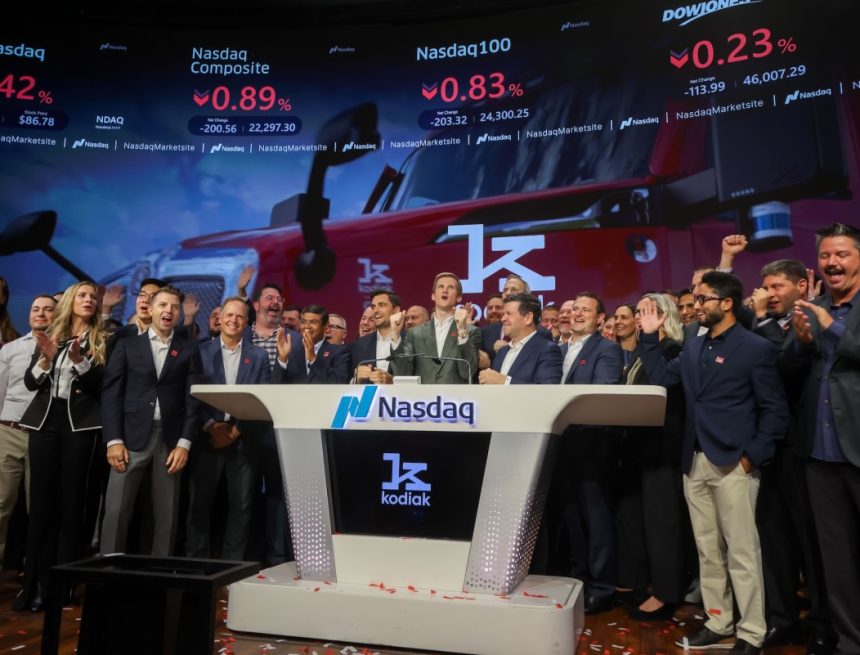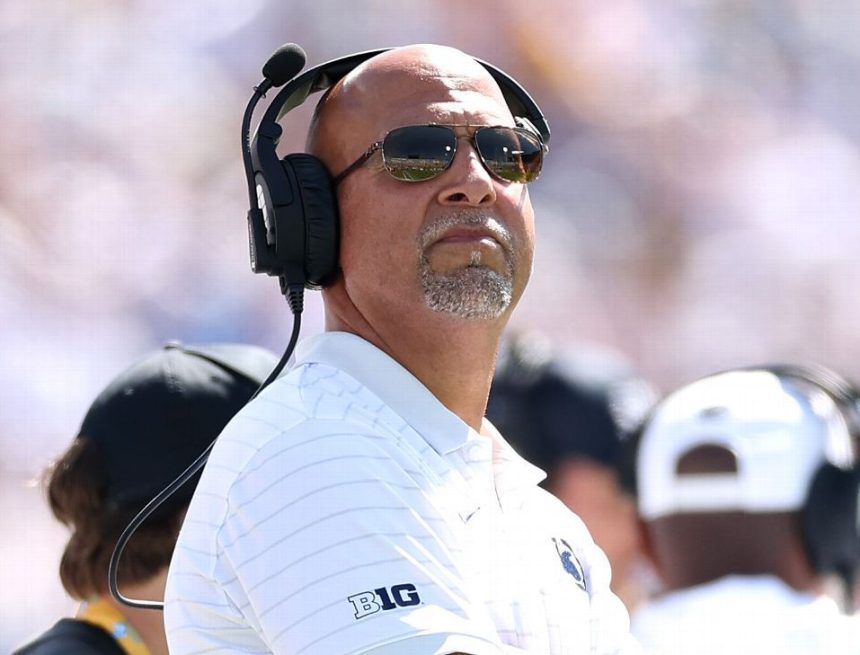13 November, 2025
0 Comments
0 categories

In recent months, India-China relations have returned to normality after a long decade of confrontation. With the resumption of direct flights after five years, recent corps commander-level talks, the reopening of the Kailash Mansarovar pilgrimage route, the relaxation of barriers on hi-tech supplies and Indian Prime Minister Narendra Modi and President Xi Jinping exchanging pleasantries at the Shanghai Cooperation Organisation (SCO) summit, a quiet detente is under way.
This cooperation could be a product of systemic necessity driven by US pressure and tariff realignments. Unless more concrete steps are taken, it might ultimately be a pause in strategic competition.
The material logic for a pause is strong on both sides as India needs China to fulfil its industrial ambitions. Chinese electronics, electric vehicle batteries, rare earth magnets and pharmaceutical materials are essential for boosting India’s manufacturing sector. Reports suggest that Indian conglomerates such as Adani and JSW are engaging with Chinese firms over technology partnerships.
China is India’s second-largest trading partner after the United States. As Indian consumers buy many Chinese goods, bilateral trade reached about US$127.7 billion last year, out of which more than US$113 billion was Chinese exports to India.
India’s vast consumer market is an opportunity for Chinese firms facing a slowing domestic economy. Be it smartphones, cars or digital services, Chinese companies have invested heavily in Indian start-ups and are attached to India’s growing digitalisation. Last year, Indian consumers purchased almost 156 million smartphones, with Chinese brands such as Xiaomi and Vivo capturing the bulk of those sales.
India has emerged as the world’s third-largest car market, with around 4.3 million vehicles sold last year. Chinese EV giant BYD seems to believe this is its next big frontier and has publicly targeted up to a 40 per cent share of India’s EV market. Even if strategic distrust persists, the economic incentives for closer ties are huge, steering the two sides towards being more pragmatic.


